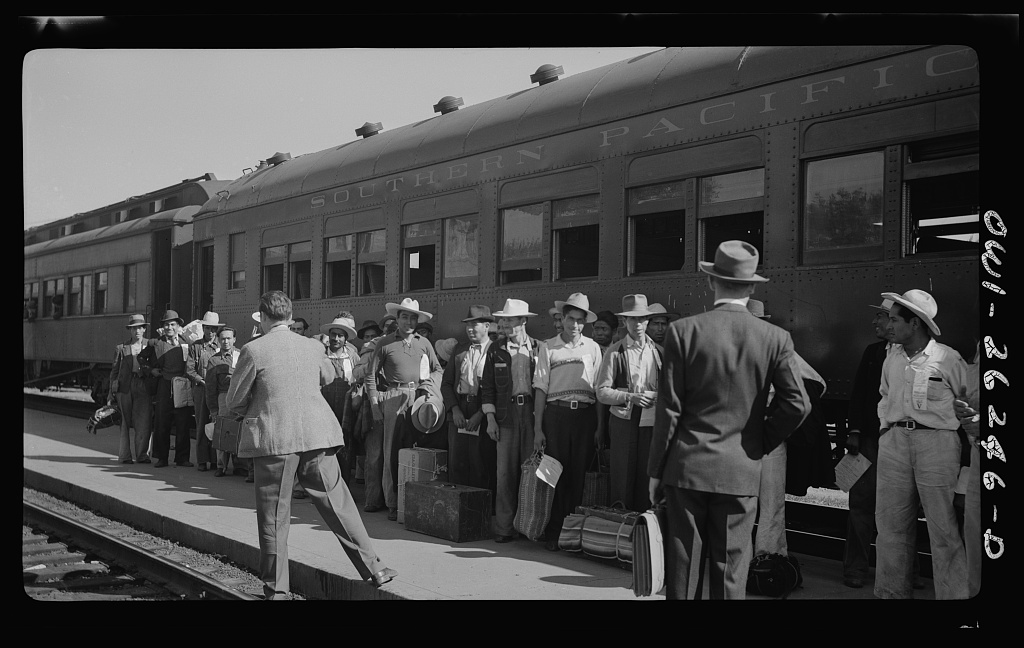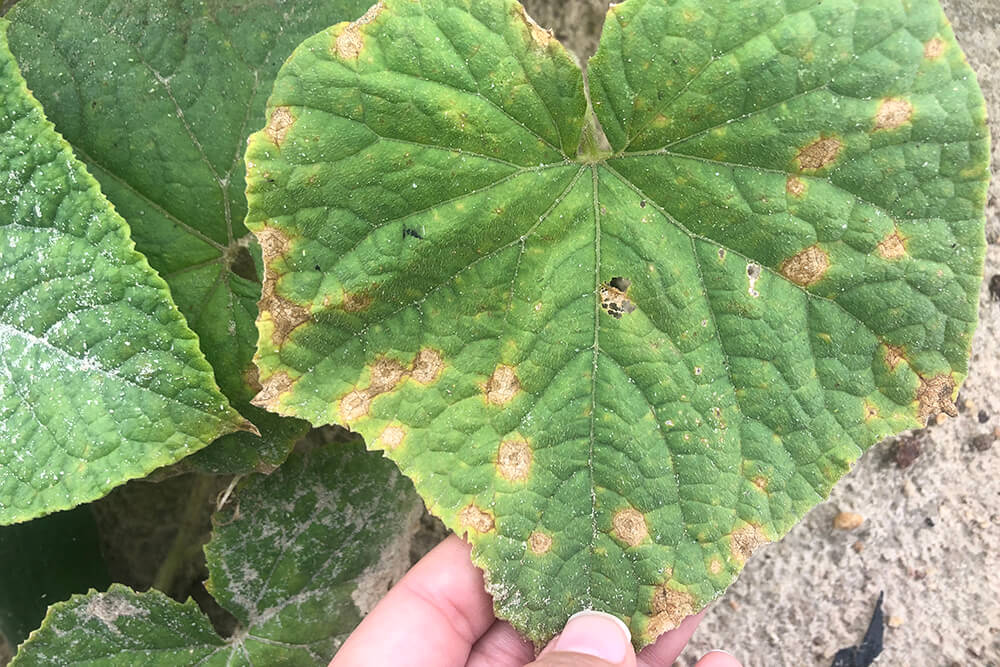Adding mulch around vegetable plants like peppers, tomatoes, squash and eggplant can mean extra veggies at harvest time. Mulching prevents the loss of moisture from the soil, suppresses weed growth, cools the soil and keeps vegetables off the ground.
Benefits of mulch
Mulch serves as a barrier between the plant and the soil. This helps prevent fruit rot that sometimes occurs when vegetables touch the ground.
Adding mulch also reduces labor, since less cultivation is required. Emerging and small weeds won’t survive under a bark barrier, reducing the need for tillage and the use of weed-control chemicals.
Mulch also conserves water by reducing evaporation of soil moisture. This lowers the soil temperature, too. Mulched soil also absorbs more water than unmulched soil.
A layer of mulch also prevents the formation of soil crusts. Soil loss from heavy rain and wind is also decreased, making mulches excellent for conservation.
Mulch improves root growth by acting as an excellent insulator, which prevents drastic changes in soil temperature. Mulch keeps the soil cooler in the summer and warmer in the winter. This increases nutrient availability and root growth.
Adding mulch also makes the garden neater and reduces the amount of mud-splashed vegetables after heavy rains or watering.
At the end of the growing season, organic mulch can be tilled into the soil to further increase the amount of organic matter and the water-holding capacity of the soil.
How to apply
A practical mulch should be readily available, inexpensive and simple to apply. Availability and cost vary from region to region. Some mulching material (like leaves) may be available in your landscape for free.
Leaves work great as mulch. Apply 3 to 4 inches deep, bearing in mind that too little will give limited weed control, and too much will prevent air from reaching the roots. However, leaves can form a soggy impenetrable mat. Mixing leaves with fluffy materials such as hay or straw and/or shredding the leaves can solve this problem.
Bark mulches vary, but all are durable and suitable for mulching. Small pieces of bark are preferred over large chunks.
Coffee grounds tend to cake badly, but can be applied at a depth of 1 inch, so roots can benefit from the nitrogen content.
Compost is especially good as mulch because it has fertilizer value and a soil-like appearance. It’s also a good organic amendment for tilling into the soil after the growing season ends.
Newspaper is a readily available and economical mulch, but somewhat difficult to apply. A good use for newspaper is as an undermulch: place two to three sheets under a thin layer of another type of mulch.
Peanut shells are NOT RECOMMENDED for use as mulch. They carry white mold (Sclerotium rotfsii) that can cause a major problem in the garden. Peanut hulls may also be infested with nematodes, nutsedge seeds and/or tubers.
No matter which mulch you select, adding mulch around your vegetable plants will produce better results, cut down on your workload and help conserve water.







